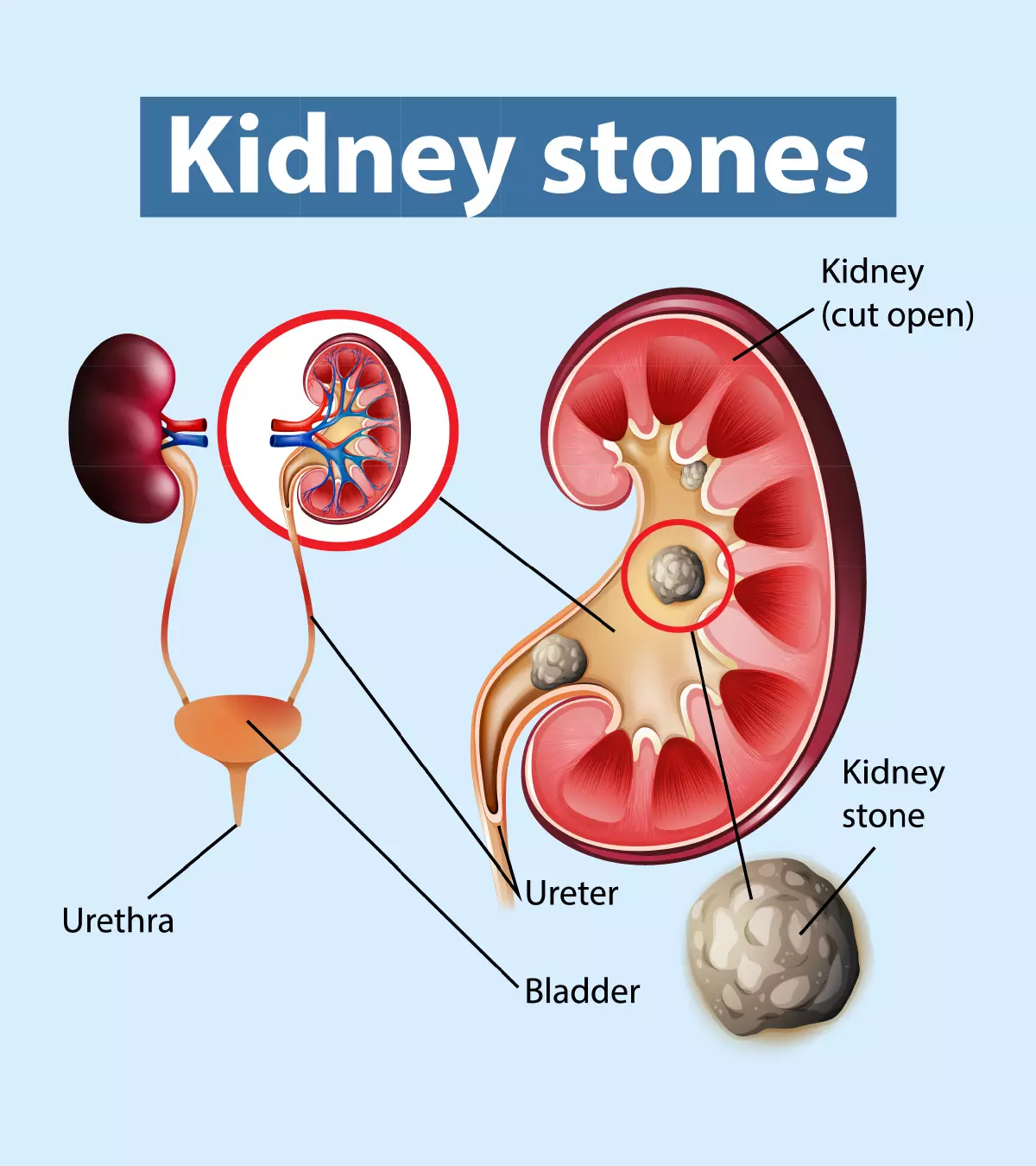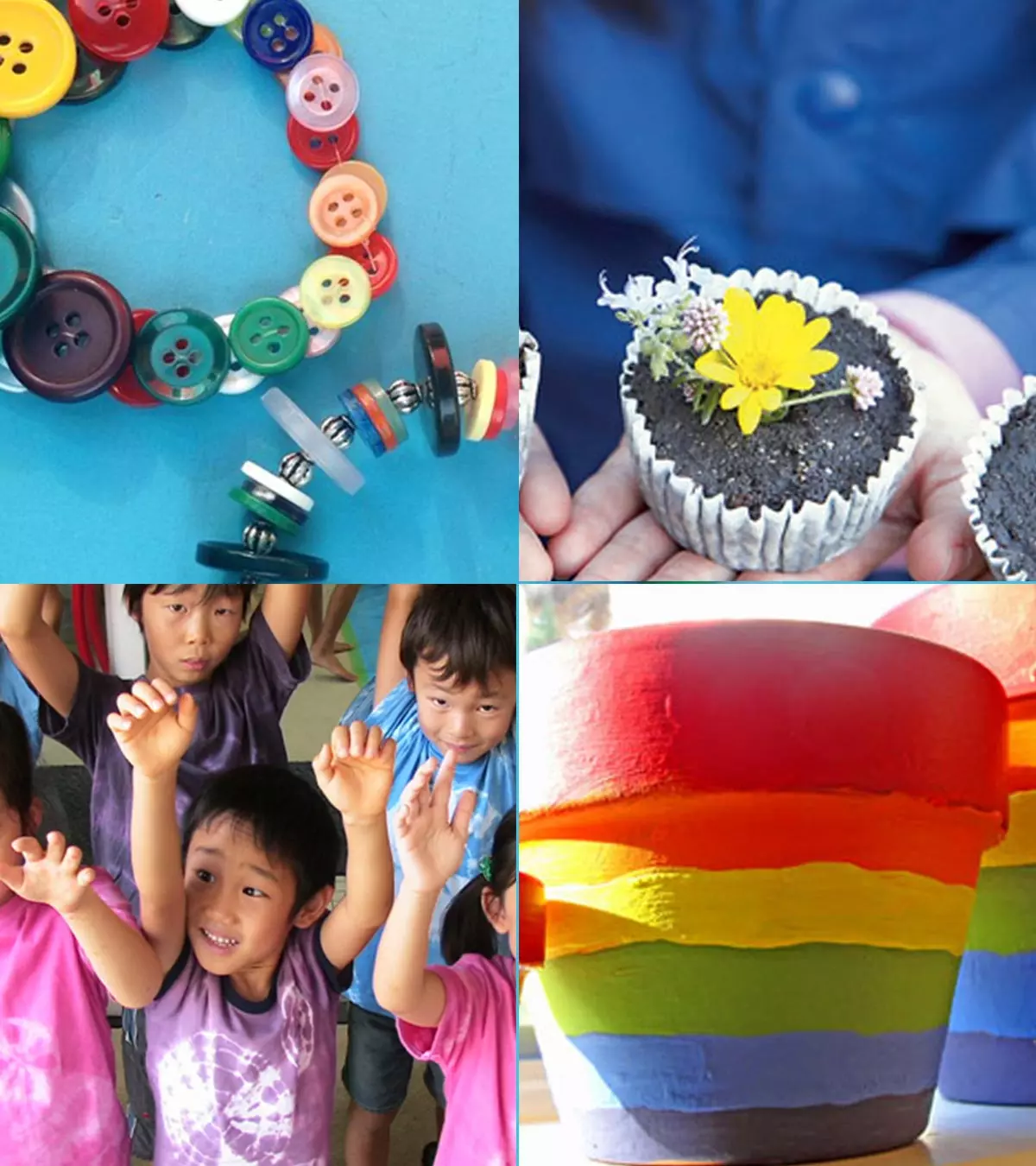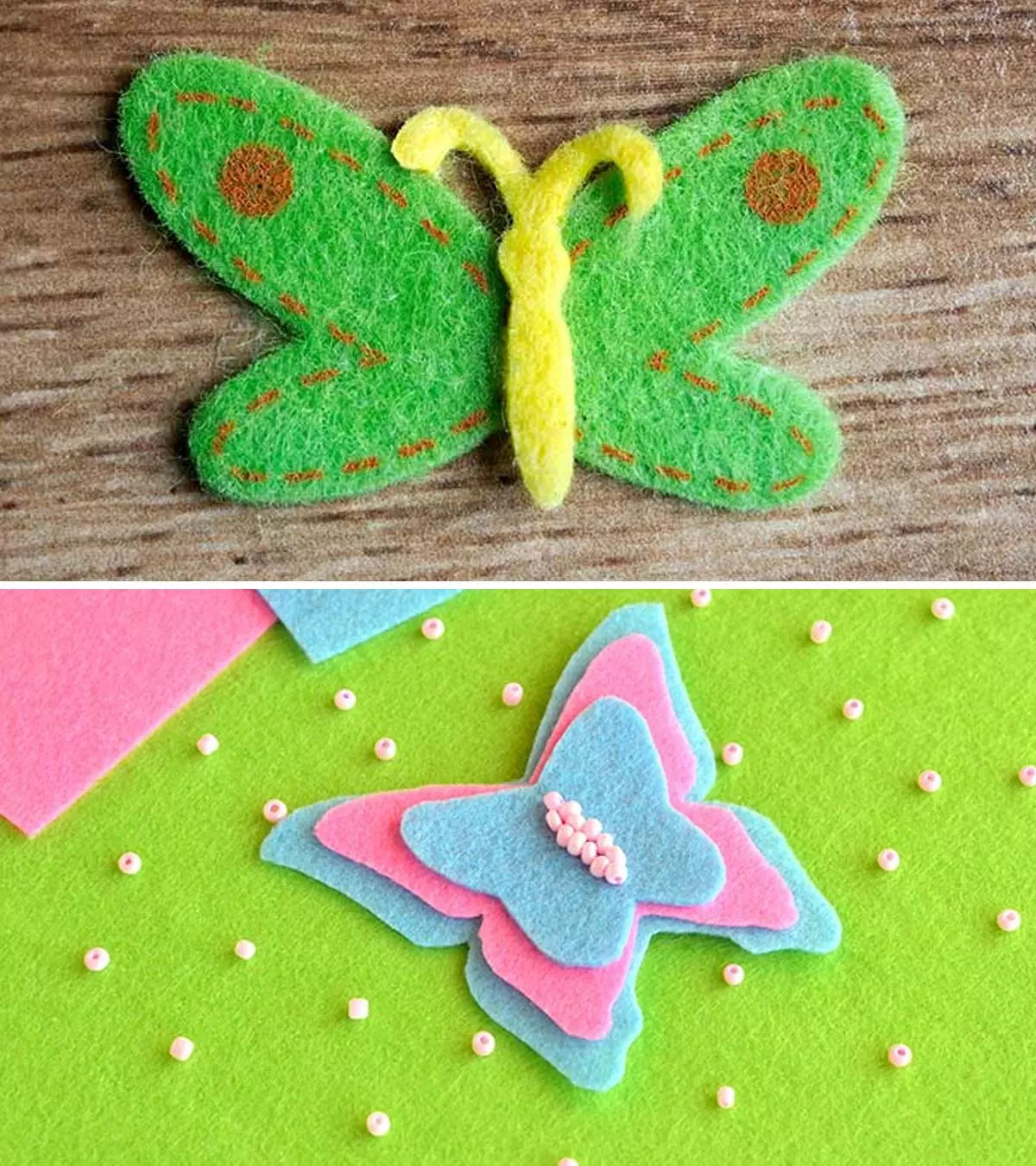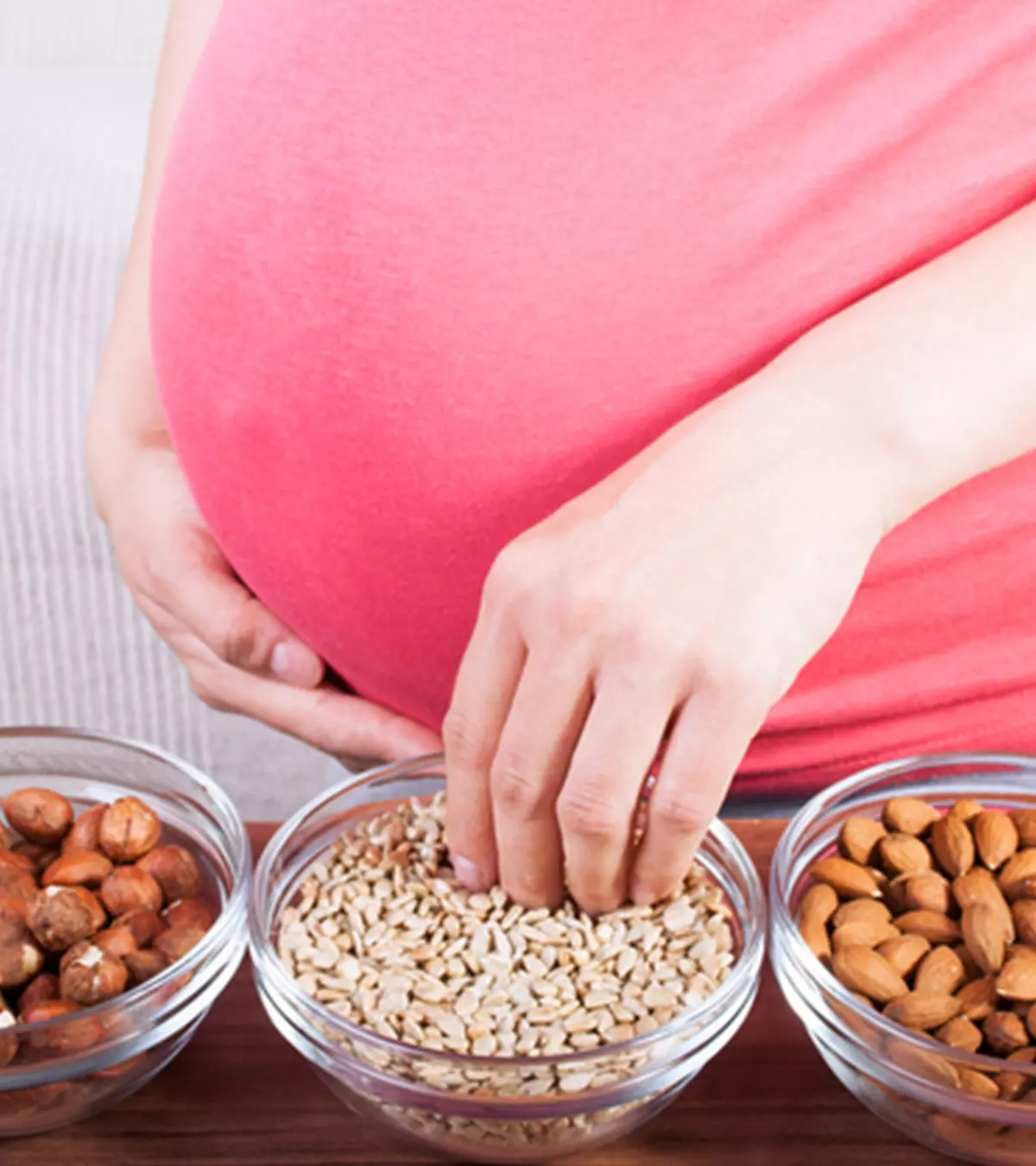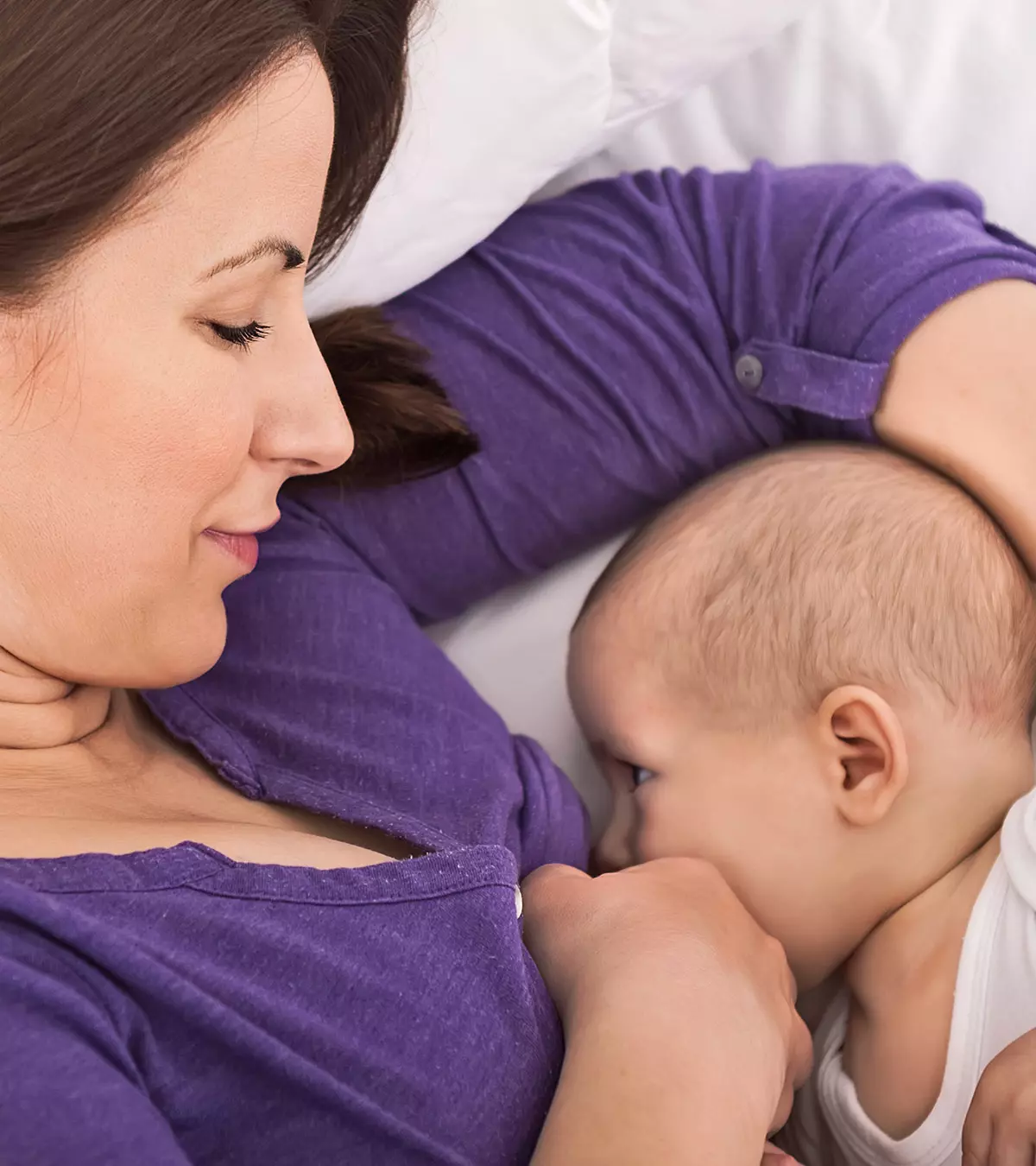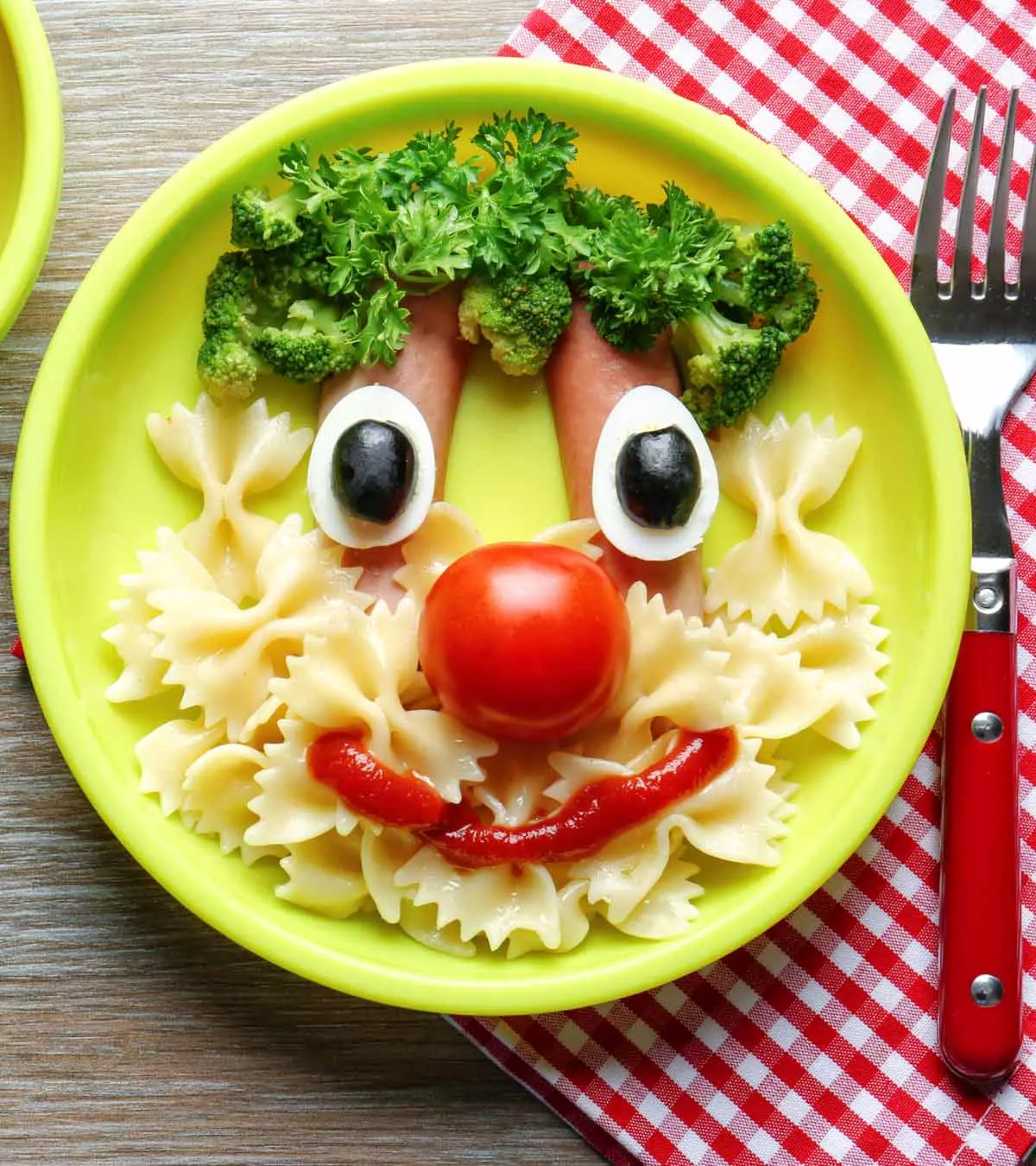

Image: Shutterstock
Regular handwashing for kids is critical for preventing the spread of infectious diseases such as cold and the flu (1). Children are often more susceptible to viral and bacterial diseases due to school environments and a general lack of hygiene knowledge. Hence, it is important to teach children the importance of hand hygiene. It is equally important to follow it ourselves as children learn from examples.

This post discusses the importance of keeping hands clean and how to wash them properly.
How To Teach Handwashing To Kids?
Image: Shutterstock
According to the US Centers for Disease Control and Prevention (CDC), several bacterial and viral infections spread when hands come in contact with contaminated surfaces (1). Therefore, washing the hands frequently and in the right manner can help prevent the transmission of diseases.
Steps To Be Followed By Children While Washing Hands
- Wet the hands under warm water.
- Close the tap and then take an ample amount of liquid soap on the palm.
- Scrub the soap well on the palm, behind the palm, between the fingers, and under the nails.
- Hands must be scrubbed well for at least 20 seconds.
- Wash the hands under clean running water until the soap is rinsed.
- Shake and dry hands for a few seconds and then wipe the hands well with a clean hand towel.
Children should be reminded to wash their hands time and again. Moreover, they should be monitored by parents, so that they learn the correct way of washing their hands.
How Long Should The Child Wash Their Hands?
The necessary time duration for washing hands depends on several factors like the amount of dirt on hands, the kind of dirt, etc. However, various studies recommend a duration of 15 to 30 seconds to wash the hands. Most health agencies recommend 20 seconds (2).
To help children form a routine of 20 seconds, you can sing songs like “Happy birthday,” “Row row row your boat,” or “ABC” while washing hands. They should be asked not to stop scrubbing their hands until the entire song is finished.
When Should Children Wash Their Hands?
Children should wash their hands often. They should always be asked and habituated to wash their hands in the following scenarios (3).
- Before handling food
- Before eating food
- Before going to play in water so that they don’t spread their germs to others
- After coming home from outdoors like school, playground, or after playing in the water, sand, etc.
- After using the toilet
- After eating their food
- After handling or playing with pets or other animals
- After sneezing or coughing on their palms
- After wiping their nose with a tissue
- After coming back from places where there are a lot of people, like shopping malls, movie halls, libraries, etc.
- After touching a wound or a scrape
- After touching a dirty diaper
- After touching the garbage bin
Importance Of Washing Hands For Kids
Keeping hands clean is one of the main ways to prevent the spread of infections. Kids should be particularly made to learn the importance of handwashing for the following reasons.
- Children tend to be active and have a higher chance of touching contaminated surfaces.
- Generally, there is a low level of alertness to personal hygiene among children. For instance, a child could cough or sneeze in their palms and then forget about washing their hands immediately.
- Infections can spread rapidly in kids since they often come in close contact with each other at schools, playgrounds, etc.
- Teaching good habits, such as handwashing early in life, can help the child follow them in the longer run.
Handwashing: Dos And Don’ts
Parents may follow these dos and don’ts and reinforce it in children through repeated reminders.
Dos
- Begin by wetting the hands in clean, running warm water.
- Scrub all the nooks and corners of the palms, fingers, and nails.
- Keep the hands and forearms lower and tilted into the basin to avoid spillage of the contaminated water and foam outside the basin.
- If possible, use a paper towel or the elbow to turn the faucet off to prevent infection.
- Air dry or pat dry the hands before gently wiping them with a clean towel.
Don’ts:
- Do not use stationary water filled in the basin to wash hands since it might be contaminated by the previous user. Only use running water.
- Do not use hot water as it can chap the skin. Broken and chapped skin can be an entry point for bacteria and viruses.
- Don’t keep the faucet on while scrubbing the soap. Turn off the faucet to save water and prevent further dilution of soap due to water.
- Do not touch the basin surface after cleaning your hands as it can contaminate your hands again.
Washing Hands Vs. Hand Sanitizer – Which Is Better For Children?
Soap and water are the conventional way to maintain hand hygiene. Sanitizers are alcohol-based solutions that are used to clean hands when traveling or when soap and water are unavailable.
CDC recommends using soap and water to wash the hands whenever possible for the following reasons (4).
- Soap and water can reduce various kinds of germs and even chemicals on the child’s hand.
- It has been proven that soap and water are more effective than sanitizers in removing certain bacteria like Cryptosporidium, norovirus, and Clostridium difficile, to name a few.
- Sanitizers are not sufficient to clean hands when the hands are dirty and greasy.
- Sanitizers might be more effective in hospital settings where hands have pathogens but are not often greasy or dirty.
- Soap and water might be better for kids as their hands are more soiled by dirt, sand, grease, etc. especially when they come back from playgrounds and outdoors.
For the above reasons, soap and water are always recommended over sanitizers. However, sanitizers should be used when soap and water are not available. Sanitizers do work well on certain germs and mildly soiled hands.
Concerns Over Alcohol-based Hand Sanitizers For Kids
Most hand sanitizers have about 45 to 95% alcohol content (5). The following are the risks associated with the use of alcohol-based sanitizer for children.
- Kids have been found to swallow hand sanitizers occasionally.
- Consumption of two to three squirts of hand sanitizer accidentally might cause alcohol toxicity in the children. If unattended, it can slow down breathing and lower heart rate (6).
- Excessive use of sanitizers can wash away the skin’s natural oils and cause drying and cracking of the skin. Cracked skin could act as an entry point for germs.
- Sanitizers are potential fire hazards because of the high alcohol content in them. Always clean any spilled sanitizer immediately, and do not store them near fire sources. Discourage unsupervised use of sanitizers by children.
Handwashing Activities For Kids
Handwashing is surely the best way to avoid various diseases. But at times, despite repeated reminders, kids may not adhere to its regime. The following are some fun ways of making your child enjoy handwashing and make it a habit.
- Teach and educate kids about germs and their impact by reading them books about it. Explain how these germs are not seen but are always there and that handwashing can help us get rid of unseen germs.
- Make a chart for the handwashing schedule. The chart should have all the usual times, like before breakfast, after school, before lunch, after playtime, before dinner, etc. Give them a sticker as a token of appreciation every time they wash their hands.
- Buy good quality soaps of different colors and fragrances of their choice. Take them along for soap shopping and let them choose.
- Take some baby powder in your hand and pretend to sneeze over it. The kid can see where the powder spreads and understand how germs spread in the air.
- Draw some colorful germs on a paper sheet. Have your child tape them everywhere they touch for about half an hour. You can explain to them that this is how an infection would transmit.
Frequently Asked Questions
1. What happens when kids don’t wash their hands?
Children who don’t wash their hands may spread germs to others or ingest them through their unwashed hands after touching different surfaces and objects. This can lead to different infections and illnesses (7).
2. What are the most common germs found on hands?
The most common germs found on hands may include (7):
- Salmonella
- E.coli O157
- Norovirus
3. What are the types of hand washing?
Hand washing can be of two main types (8):
- Soap and water-based hand wash
- Alcohol-based hand washing or hand rubs
4. What is the difference between handwashing and hand hygiene?
Hand hygiene refers to maintaining clean hands to reduce the risk of diseases and is a collective name for the different types of hand washing (9).
Handwashing for kids is crucial because the habit alone can prevent many bacterial and viral infections. It is superior to using hand sanitizers as the latter is ineffective in cleaning dirt and grease and may cause excessive skin dryness. Learning the correct handwashing techniques and observing them after using the toilet, returning home, and before and after food consumption can kill most of the harmful microbes and protect your child from several ailments. Use the handwashing activities mentioned here to make it more fun for children.
Key Pointers
- Regular and proper handwashing of at least 20 seconds can prevent many diseases.
- Children should form a habit of handwashing after sneezing, using the toilet, and coming home from outdoors.
- They should be advised to only use running water to wash their hands, not standing water in a basin.
- The CDC recommends handwashing over the use of sanitizers.
References
1. HOW TO MAKE HANDWASHING FUN FOR CHILDREN; University of Utah Health
2. Coronavirus Disease 2019 Basics; The Centers for Disease Control and Prevention
3. Handwashing for parents and children; Canadian Pediatric Society
4. Show Me the Science – When & How to Use Hand Sanitizer in Community Settings; The Centers for Disease Control and Prevention
5. Poison Alert: Keep Hand Sanitizer Out of Children’s Reach; American Academy of Pediatrics
6. Hand Sanitizer: What’s the Real Story?; National Capital Poison Center
7. Show me the science – Why wash hands?The Centers for Disease Control and Prevention
8. Hand hygiene; Virginia Department Of Health
9. Hand hygiene; The Centers for Disease Control and Prevention
Community Experiences
Join the conversation and become a part of our nurturing community! Share your stories, experiences, and insights to connect with fellow parents.
Read full bio of Dr. Erica Montes
Read full bio of Dr. Ritika Shah





